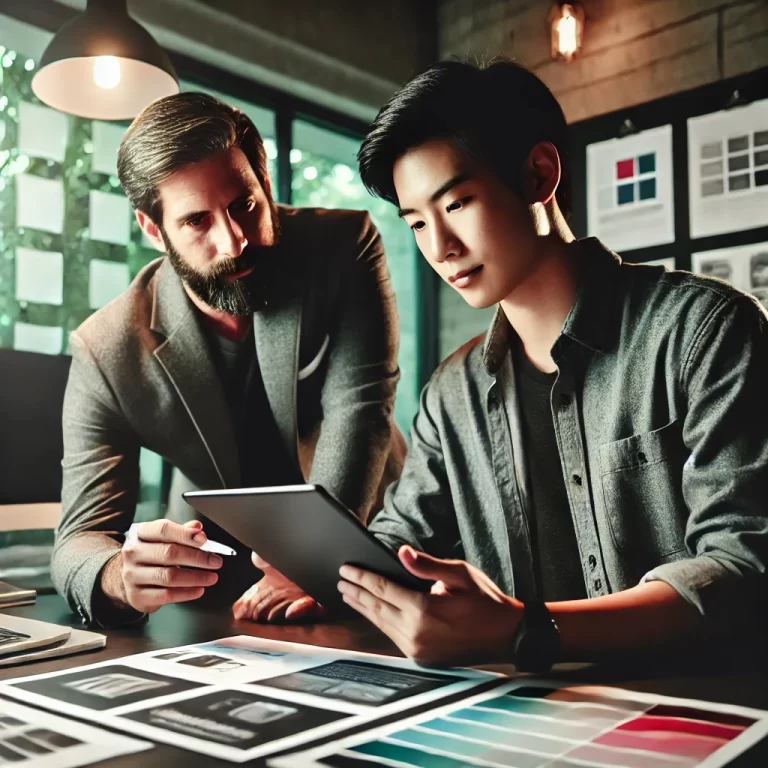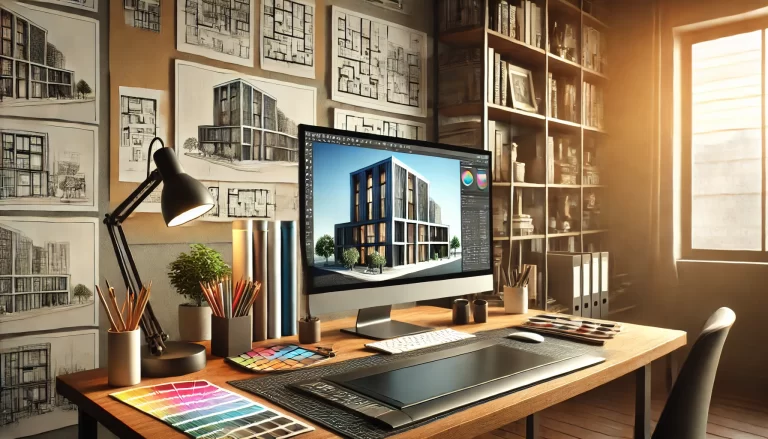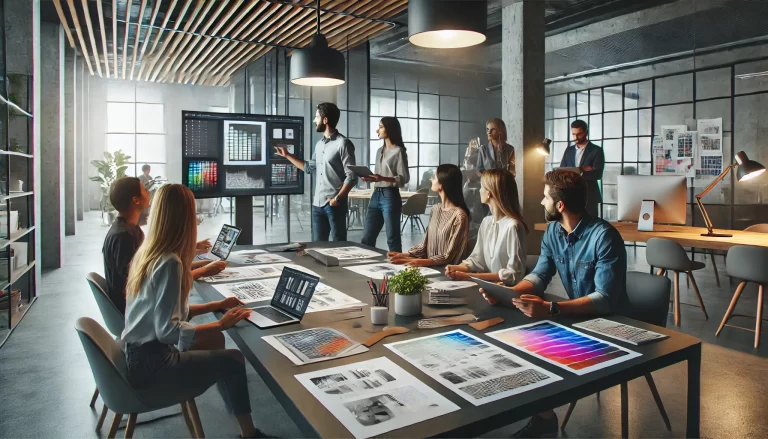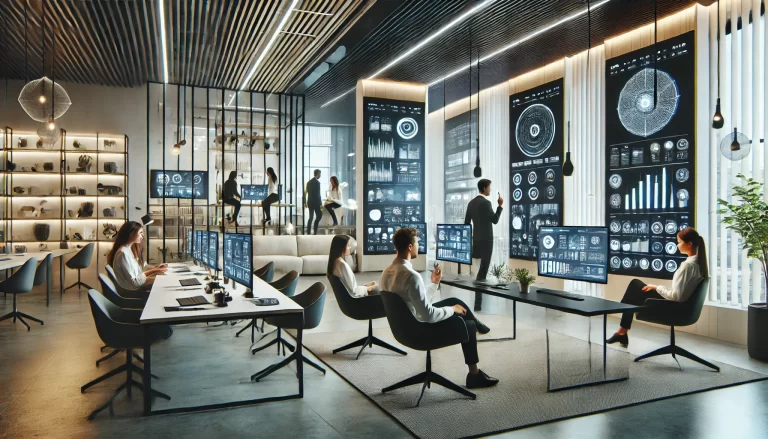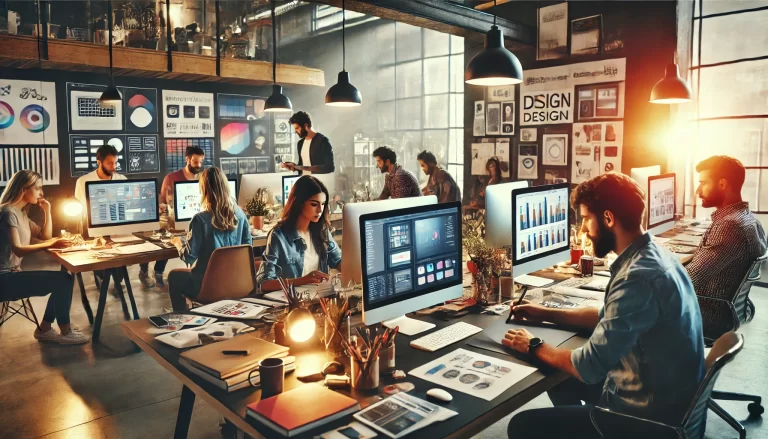How to Integrate Technology into Your Design Process

In today’s fast-paced design world, technology has become an indispensable tool for interior designers and architects. By integrating the latest technology into your design process, you can enhance creativity, improve efficiency, and offer your clients a more engaging experience. Here are some key ways to incorporate technology into your interior design workflow.
1. Design Software and CAD Tools
One of the most significant technological advancements in interior design is the availability of powerful design software and computer-aided design (CAD) tools. These tools allow designers to create accurate and detailed floor plans, 3D models, and renderings that can be easily modified and shared.
• AutoCAD: AutoCAD is a staple for professionals looking to create precise 2D and 3D drawings. It allows designers to draft detailed plans, elevations, and sections with accuracy.
• SketchUp: SketchUp is an easy-to-use tool for creating 3D models and visualizing designs. Its intuitive interface and wide array of plugins make it a go-to choice for designers looking to bring their ideas to life.
2. Virtual Reality (VR) and Augmented Reality (AR)
Virtual reality and augmented reality have revolutionized the design process by allowing clients to experience spaces before they’re built. With VR and AR, designers can create immersive environments that clients can explore in real-time.
• VR for Virtual Walkthroughs: VR allows clients to take virtual tours of the design before it’s finalized, giving them a better understanding of spatial relationships and design elements.
• AR for Interactive Design: AR enables designers to overlay digital objects into real-world environments, making it easier to visualize how furniture and design elements will look in a space.
3. Building Information Modeling (BIM)
Building Information Modeling (BIM) is a digital representation of the physical and functional characteristics of a building. BIM allows designers to create detailed models that include all elements of the building, from the structure to the HVAC systems.
• Collaboration: BIM facilitates collaboration between different design teams (e.g., architects, engineers, and contractors) by providing a shared digital model.
• Efficient Planning: BIM helps designers visualize the project at every stage, from initial sketches to construction, reducing errors and rework.
4. 3D Printing
3D printing is increasingly used in interior design for creating prototypes, custom furniture pieces, and design elements. With 3D printing, designers can quickly produce scale models of their designs, test different configurations, and create bespoke items for clients.
• Prototyping: Designers can print small models of furniture, fixtures, or layout ideas to test proportions and materials before committing to full-scale production.
5. Smart Home Technology
Integrating smart home devices into your designs is becoming increasingly important as more people adopt connected technologies. Smart devices like thermostats, lighting systems, security cameras, and voice-controlled assistants can enhance comfort and functionality.
• Home Automation: Work with clients to integrate smart systems that control lighting, heating, security, and more, creating a seamless and efficient living space.
6. Cloud Collaboration Tools
Cloud-based tools allow you to collaborate in real-time with clients, contractors, and team members. These platforms provide easy access to design files, notes, and feedback, ensuring that everyone is on the same page.
• Dropbox, Google Drive, and OneDrive: These tools help store and share design documents, photos, and presentations securely.
Conclusion
Integrating technology into your design process not only streamlines workflow but also opens up new possibilities for creativity and client engagement. Whether through powerful software tools, immersive VR and AR experiences, or cutting-edge smart home devices, technology enables designers to create innovative and efficient solutions. By embracing these technologies, you can stay ahead of industry trends and deliver exceptional designs that exceed your clients’ expectations.

